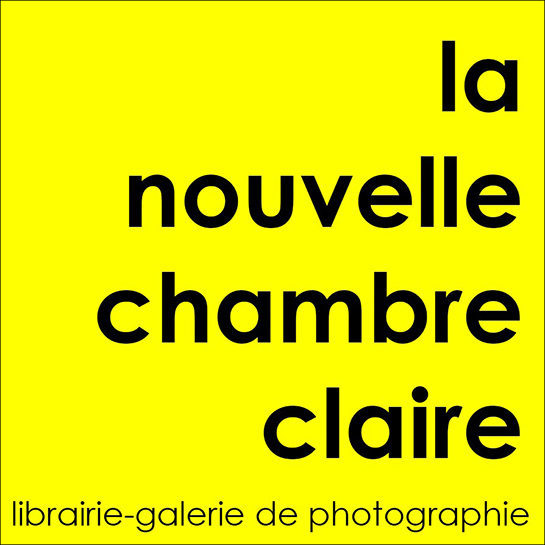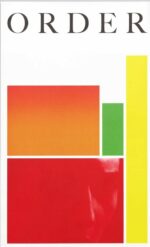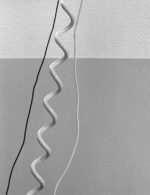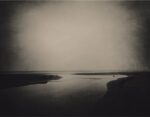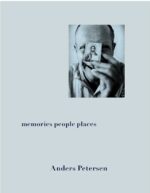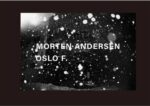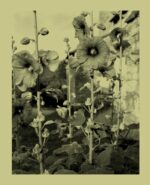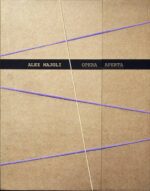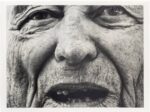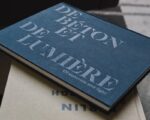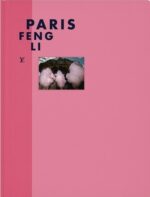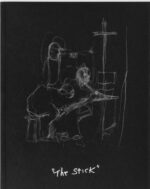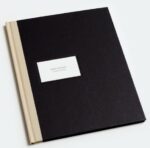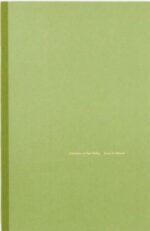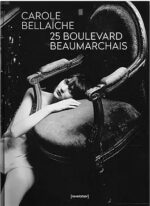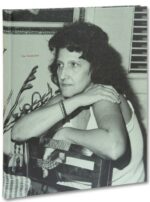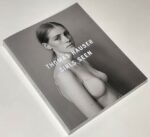Noir et blanc
-
Aliki Christoforou : Anamnesis
Première édition tirée à 500 exemplaires.
First edition of 500 copies.
-
-
Anders Petersen : Memories people places
1ère édition tirée à 800 exemplaires / 1st edition of 800 copies.
-
Morten Andersen : Oslo F.
1ère édition tirée à 800 exemplaires / 1st edition of 800 copies.
-
André Kertész : Postcards from Paris
58,00€Publié à l’occasion de l’exposition à l’Art Institute of Chicago du 2 Octobre 2021 au 17 Janvier 2022 et au High Museum of Art d’Atlanta du 18 Février au 29 Mai 2022.
Published on the occasion of the exhibition at the Art Institute of Chicago (October 2, 2021–January 17, 2022) and High Museum of Art, Atlanta (February 18–May 29, 2022).
-
-
-
Joe Lai & Heitai Cheung : Big Hair
Première édition tirée à 500 exemplaires.
First edition of 500 copies.
-
Justine Kurland : The Stick
“The Stick” positionne le dernier travail de Justine Kurland en conversation avec les peintures de son défunt père.
The Stick tisse la dernière série de photographies en noir et blanc de Justine Kurland avec les peintures de nature morte de son défunt père Bruce Kurland. Les deux œuvres, ponctuées de poèmes de Lisa Jarnot, ancienne amoureuse de Bruce Kurland, mettent en scène un nouveau genre d’album familial, plein de reliques étranges et d’art mercuriel qui relient père et fille. Des fenêtres couvertes de planches, un chien enceinte, des vulves mâcheuses et le gode-ceinture d’un ancien partenaire sont en conversation avec les inventions compositionnelles surréalistes de Bruce Kurland : des branches fleuries drapées de bandes de bacon cru, une pêche mûre et clivée qui semble léviter contre un mur bleu, et des oiseaux dématérialisés dans l’espace. Vues en tandem, les photographies prennent l’étrangeté onirique des peintures et le symbolisme des natures mortes trouve la sensualité incarnée dans les photographies.
L’œuvre de Justine Kurland dans The Stick est la première qu’elle publie depuis la vente de son van il y a quatre ans et qu’elle renonce aux road trips pour lesquels elle est connue. Cette série se déroule dans son appartement à New York, sa ville natale de Fulton, New York, et la maison de sa mère en Virginie rurale. Kurland envahit des fragments de cette vie avec des allusions à l’œuvre de Carolee Schneemann, Betty Tompkins, Judy Chicago, Hannah Wilke, et Emily Roysdon. Trois des tableaux de son père – un petit portrait de lui-même portant un pot comme chapeau, ressemblant à la mère de Justine Kurland, et son autoportrait final avant sa mort – apparaissent dans son œuvre, reliant des tranches de vie disparates, des espaces qui sont et étaient autrefois considérés comme sa maison, et les notions de famille à travers le temps et le lieu.
“The Stick” positions Justine Kurland’s latest work in conversation with her late father’s paintings.
The Stick weaves together Justine Kurland’s latest series of searingly intimate black-and-white photographs with her late father Bruce Kurland’s still life paintings. The two bodies of work—punctuated by poems by Lisa Jarnot, a former lover of Bruce Kurland’s—enact a new kind of family album, full of strange relics and mercurial artistry that link father and daughter. Boarded-up windows, a pregnant dog, chewing gum vulvas, and a former partner’s strap-on are in conversation with Bruce Kurland’s surreal compositional inventions—flowering branches draped with strips of raw bacon, a ripe cleaved peach seemingly levitating against a blue wall, and dematerialized birds dangling in space. Seen in tandem, the photographs take on the dreamlike uncanniness of the paintings and the symbolism of the still lifes finds embodied sensuality in the photographs.
Justine Kurland’s work in The Stick is the first she has published since selling her van four years ago and renouncing the road trips she is known for. This series unfolds across her apartment in New York City, her hometown of Fulton, New York, and her mother’s home in rural Virginia. Kurland invaginates fragments of this life with allusions to the work of Carolee Schneemann, Betty Tompkins, Judy Chicago, Hannah Wilke, and Emily Roysdon. Three of her father’s paintings—a diminutive portrait of himself wearing a pot as a hat, a likeness of Justine Kurland’s mother, and his final self-portrait before his death—appear in her work, linking disparate slices of life, spaces that are and were once called home, and notions of family across time and place.
Bruce Kurland (1938–2013) studied at the Arts Students League and the National Academy School of Fine Arts in New York City. A retrospective of his work, Bruce Kurland: Insight into Still Life, was organized by the Burchfield Center for Western New York Art in 1983. His work is held in the collection of the Smithsonian American Art Museum, Washington, D.C.
Justine Kurland (b. 1969) studied at the School of Visual Arts and Yale University. Her work has been on view in recent exhibitions at Higher Pictures Generation, New York; UB Art Galleries, Buffalo, NY; Whitechapel Gallery, London; and Crystal Bridges Museum of American Art, Bentonville, Arkansas. Her work is in the public collections of the Museum of Fine Arts, Montreal, Canada; the National Gallery of Art, Washington, D.C.; and the Whitney Museum of American Art, New York, among others.
-
-
-
Des années folles aux années noires ; La nouvelle vision photographique en France, 1920-1940
Livre Épuisé.
Exemplaire état neuf.
